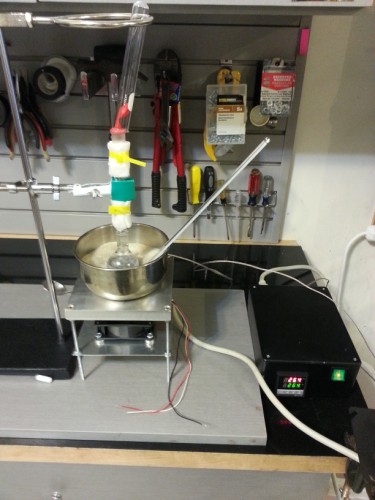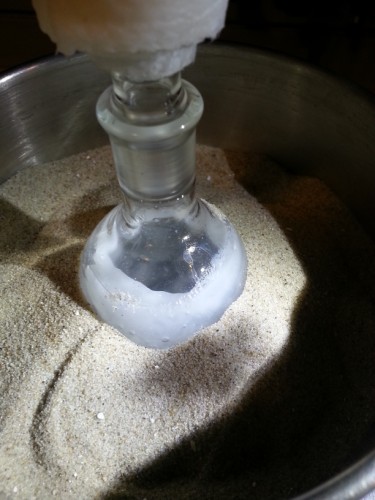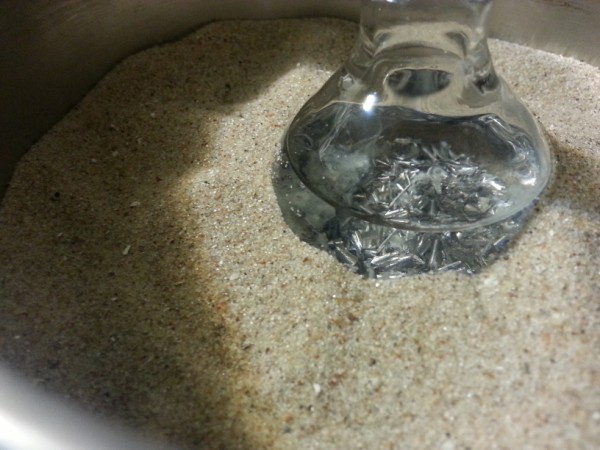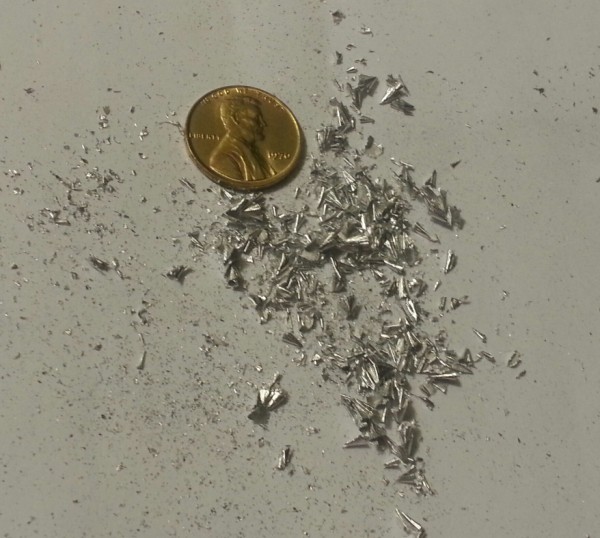OK, no I am not upset, in fact, I am laughing hard.
But, I understand a good many of the followers on this thread worship at the altar of Magnesium as a great reducer or something. It does have a lot of
blinding flash, I give it that.
So it doesn't matter that I have revealed your prophet is a follower of someone who is even more clueless than the original author of the background
patent (blasphemy, I know).
The amount of ridiculousness you are willing to accept to preserve your false Mg god is inspiring (in plain view of patent inconsistencies on how it
could ever work, other peer reviewed research noting the power of Mg in CH3OH, a known creator of an active form of H2, not Mg, that I referenced
(some little known chemical journal), but excuse me while I laugh, and laugh, and laugh, after all, you have your 'authority' (but, may I dare
recommend, that you teach him how to balance and write at least two full equations).
And, do want to see magic? Cut your Mg dose in half (relative to KOH and ROH) and your false god is totally revealed. But none of you will, you are
devout mindless followers. It would be simply too irreligious, unthinkable.
But today is a new day, any more funny explanations (I noticed how you skipped over the small issue of K not reacting at all with water, vow, you are
a true devotee). I know, I feel bad, I shouldn't make fun of people with mindless convictions, so I just leave now and laugh privately.
I would recommend, however, that this thread be moved to Organic Chemistry section. They have the right to know that you are making fun and
discounting one of their gods - Hydrogenation (something about a Noble prize in Chemistry). Like we could have a 100 year religious war or something
(wait, we have already had one of those).
[Edited on 17-4-2013 by AJKOER] |





















 r
r


































